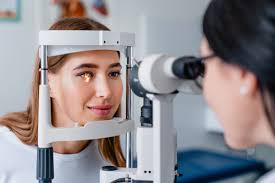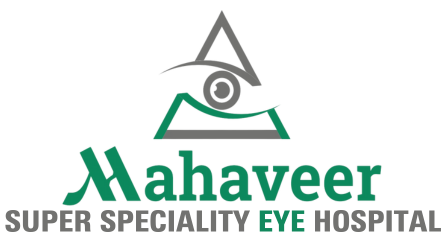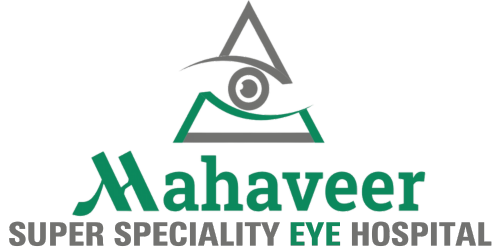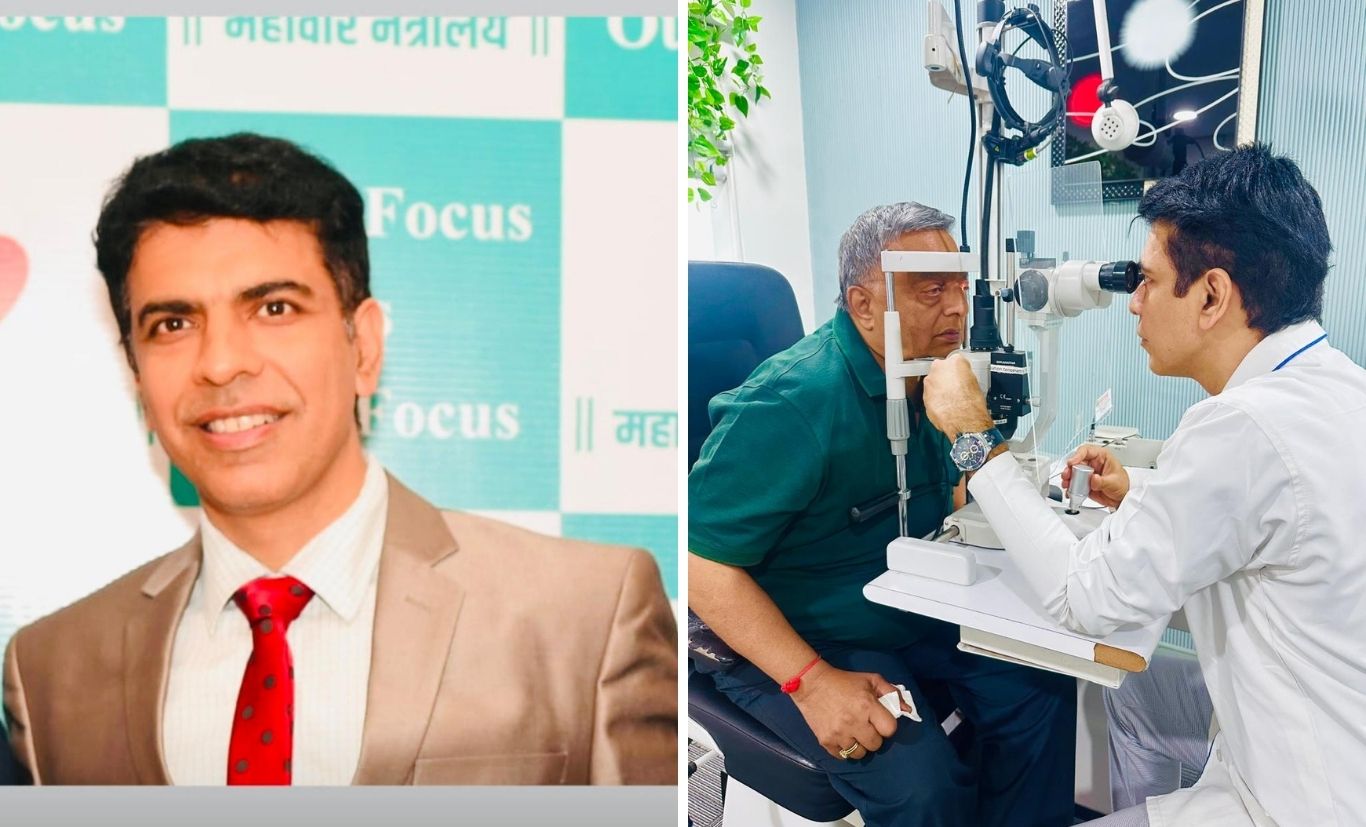
As parents, ensuring the health and well-being of our children is always a top priority, and eye health is no exception. Vision plays a crucial role in a child’s development, impacting everything from learning and social interaction to coordination and general well-being. While many parents are vigilant about regular doctor’s checkups, dental appointments, and vaccinations, eye exams often get overlooked. So, when exactly should children have their first eye exam, and why is it important?
Why Eye Exams Matter for Children
Early childhood is a critical period for visual development. The eyes and brain work together to process images, and if there are any issues with a child’s eyes during this time, they may affect how the brain interprets what they see. Left unaddressed, some vision problems could lead to long-term consequences such as lazy eye (amblyopia), strabismus (crossed eyes), or even learning difficulties. Regular eye exams can catch these problems early, giving your child the best possible start in life with healthy, clear vision.
The American Optometric Association recommends that children should have their first comprehensive eye exam at six months old, followed by another at age three, and then again before they start school, around five or six years old. From there, regular eye exams every two years are generally recommended unless your child’s eye doctor suggests more frequent visits.
What to Expect During Your Child’s First Eye Exam
Your child’s first eye exam will be a gentle, non-invasive process designed to assess several aspects of eye health. An eye doctor will evaluate the overall health of the eyes, check how the eyes focus and move, and measure visual acuity to see if glasses are necessary. For infants, eye doctors use lights, pictures, and toys to gauge eye coordination and reaction to visual stimuli. By age three, children are typically able to identify pictures or shapes, which helps in determining if their vision development is on track.
School-age children undergo a slightly more advanced exam, where an eye doctor may use letter charts, interactive visual assessments, and tests for color vision. This assessment ensures that they are prepared to engage in classroom learning, which relies heavily on visual cues for reading, writing, and general comprehension.





Signs That Your Child May Need an Eye Exam Sooner
While routine eye exams are essential, some signs could indicate a need to visit an eye doctor sooner. If your child frequently rubs their eyes, squints, tilts their head, or covers one eye when focusing, these could be signs of a vision problem. Other potential indicators include sensitivity to light, wandering eyes, frequent headaches, or difficulty in school. If you notice any of these signs, scheduling an appointment with an eye doctor can prevent small issues from developing into larger problems.
At Mahaveer Eye Hospital, we’re dedicated to supporting your child’s eye health at every stage. Schedule your child’s first eye exam with us today, and let’s work together to keep those young eyes healthy and bright!







Leave A Comment